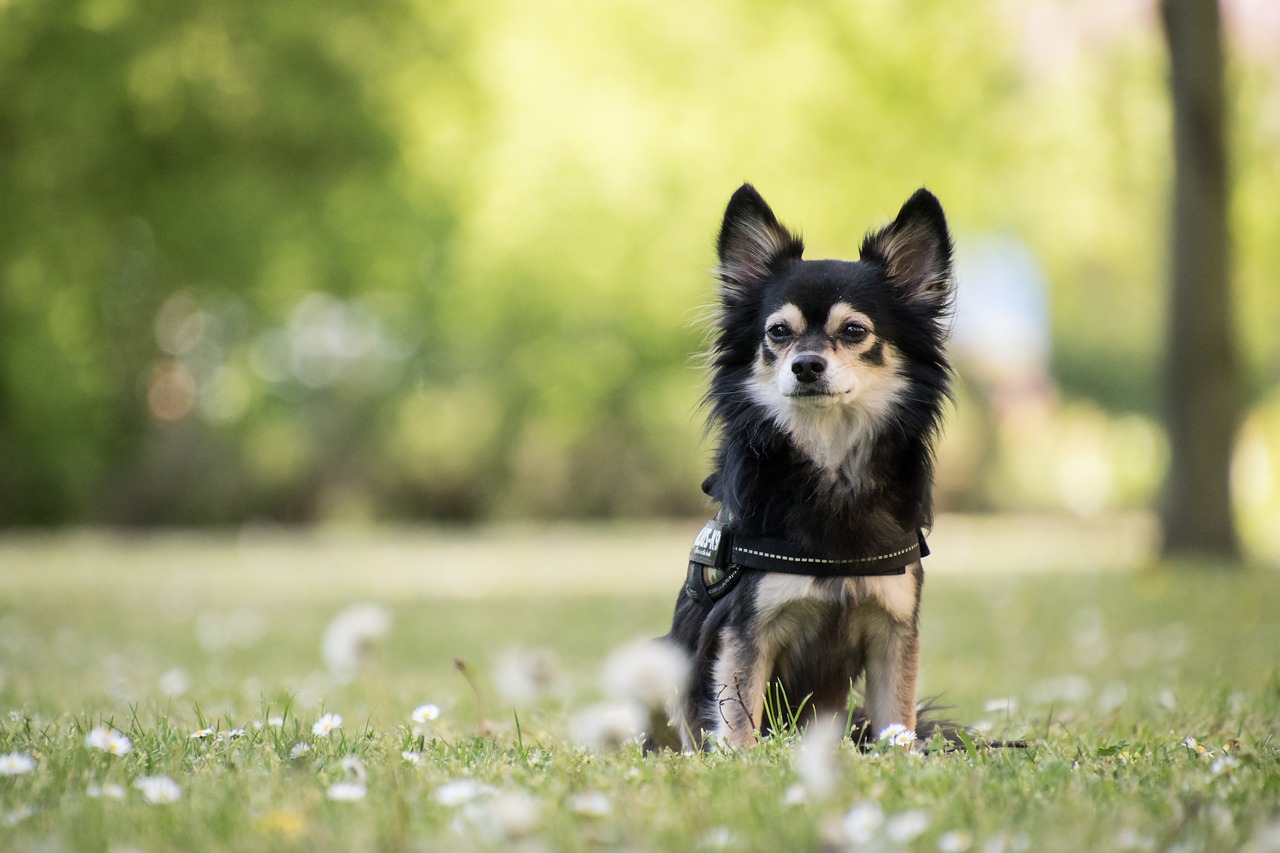
Dogs often exhibit a range of behaviors that can seem baffling or outrageous to their human companions. While some of these actions might appear strange or amusing, they usually have underlying meanings that reveal more about your dog’s health, emotions, and instincts. Understanding these behaviors can help you better connect with your furry friend and address any potential issues. This article explores seven outrageous dog behaviors you didn’t know had meanings. By deciphering these actions, you can enhance your bond with your dog and ensure their well-being and happiness.
1. Butt Scooting
One of the more comical yet concerning behaviors dogs exhibit is butt scooting. This involves your dog dragging their rear end across the floor, which can be amusing and alarming. Butt scooting usually indicates that something is irritating your dog’s rear end. Common causes include anal gland issues, where the glands become full or infected, or the presence of parasites such as worms. It can also be due to allergies or irritants in the dog’s environment. If you notice your dog scooting frequently, it’s essential to consult your veterinarian to identify the cause and provide appropriate treatment.
2. Rolling in Smelly Things
Dogs often find the smelliest substances to roll in, such as dead animals, feces, or garbage. While this behavior is perplexing and unpleasant for owners, it has evolutionary roots. In the wild, dogs’ ancestors rolled in strong scents to mask their own odor, which helped them sneak up on prey or avoid detection by predators. This behavior might also allow dogs to communicate with their pack, sharing information about their surroundings. Although natural, you can discourage it by training your dog with commands like “leave it” and ensuring they stay on leash in areas where they might find something smelly to roll in.
3. Tail Chasing
Tail chasing can be a playful and entertaining dog behavior, but it can also indicate underlying issues. Puppies often chase their tails as a form of play and exploration. However, if an adult dog frequently chases their tail, it might indicate boredom, anxiety, or even a medical condition such as fleas, allergies, or a neurological disorder. It’s important to monitor the frequency and context of the behavior. Providing more mental and physical stimulation, such as interactive toys and regular exercise, can help reduce boredom and anxiety. If the behavior persists, consult your veterinarian to rule out any medical concerns.
4. Eating Grass
Many dog owners are puzzled when they see their dogs eating grass. While it’s a common behavior, the reasons behind it can vary. Some dogs eat grass to induce vomiting and relieve an upset stomach, while others might do it out of boredom or because they like the taste. Grass eating is generally harmless, but if your dog frequently vomits after eating grass or shows signs of distress, it’s a good idea to consult your veterinarian. Ensuring your dog has a balanced diet and plenty of activities to keep them occupied can also help reduce this behavior.
5. Head Tilting
Head tilting is an adorable behavior where a dog cocks their head to one side, often in response to a sound or visual stimulus. This behavior is not just cute; it can also indicate that your dog is trying to understand better what they are hearing or seeing. Tilting their head can help dogs locate the source of a sound and interpret unfamiliar noises. It can also be a way for dogs to show empathy or curiosity. If your dog frequently tilts their head without any obvious stimuli, it might indicate an ear infection or other medical issue, and a veterinary check-up is recommended.
6. Spinning Before Lying Down
Many dogs have a habit of spinning in circles before lying down. This behavior, which may seem odd, has its roots in their wild ancestors, who trample grass and leaves to create a comfortable and safe sleeping area. Spinning can also help dogs get a sense of their surroundings and ensure there are no hidden dangers. If the spinning becomes excessive or compulsive, it might be a sign of anxiety or a neurological issue, and consulting with a veterinarian or a behaviorist would be advisable.
7. Presenting You with “Gifts”
Dogs sometimes bring their owners objects such as toys, sticks, or even things they find outside. While it might seem odd or annoying, this behavior is a sign of affection and a way for dogs to bond with humans. In the wild, dogs’ ancestors brought food back to their pack as a form of sharing and cooperation. When your dog presents you with a “gift,” they show their trust and want to engage with you. Acknowledging and appreciating these gestures can strengthen your bond with your dog. Training your dog to bring appropriate items can also help manage this behavior.
Understanding the meanings behind these outrageous dog behaviors can help you better connect with and care for your furry friend. From butt scooting and rolling in smelly things to tail chasing and eating grass, these actions are not just random; they often have significant reasons rooted in your dog’s health, instincts, or emotions. By recognizing and addressing these behaviors, you can ensure your dog’s well-being and strengthen the unique bond you share. Observing your dog’s actions closely and consulting with a veterinarian when necessary will help maintain a happy, healthy, and harmonious relationship with your canine companion.






